60 years ago, the first successful launch of the Soviet intercontinental ballistic missile P-7 took place
Later, from 20 on January 1960 to the end of 1968, the modification of this rocket under the designation Р-7А (GRAU index - 8К74) with the range increased to 9,5 thousand kilometers was in service with the Strategic Missile Forces of the USSR. In NATO countries, this rocket became known as the SS-6 Sapwood. This Soviet rocket was not only formidable. weaponsbut also a major milestone in the domestic cosmonautics, becoming the basis for creating launch vehicles designed to bring spacecraft and spacecraft, including manned spacecraft, into space. The contribution of this rocket to space exploration is enormous: many artificial Earth satellites were launched into the launch vehicles of the P-7 family, starting with the very first, and also the first manned space flight.
History create rocket P-7
The history of the creation of the P-7 ICBM began long before its first launch took place - at the end of the 1940-s of the early 1950-s. During this period, as a result of the development of single-stage ballistic missiles P-1, P-2, P-3 and P-5, which were led by prominent Soviet designer Sergey Pavlovich Korolev, in the future, to achieve the potential enemy’s territory, a much more powerful component will be needed a multi-stage rocket, the idea of which was previously voiced by the famous Russian theorist of cosmonautics Konstantin Tsiolkovsky.
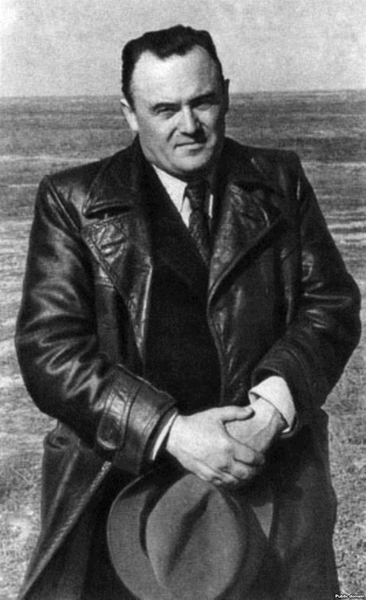
Back in 1947, Mikhail Tikhonravov organized a separate group at the Research Institute of Artillery Sciences, which began to carry out systematic research on the possibility of developing composite (multi-stage) ballistic missiles. After studying the results that were obtained by this group, Korolev decided to carry out a preliminary design of a powerful multi-stage rocket. Preliminary surveys on the development of ICBMs began in 1950: 4 December 1950, the USSR Council of Ministers decreed a comprehensive search R & D on the study of the prospects for creating different types of thrusters with a range of 5-10 thousand kilometers and a mass of warhead from 1 to 10 tons . And on May 20, 1954, another government resolution was issued, which officially set the task for the OKB-1 to develop a ballistic missile that could carry a thermonuclear charge at intercontinental range.
New powerful engines for the P-7 rocket were created in parallel in the OKB-456, the work was led by Valentin Glushko. The control system for the rocket was designed by Nikolai Pilyugin and Boris Petrov, the launch complex was Vladimir Barmin. A number of other organizations were involved in the work. At the same time, the country raised the question of building a new test site designed for testing intercontinental ballistic missiles. In February, the 1955 of the year issued another decree of the Government of the USSR on the beginning of the construction of the landfill, which was given the name 5-rd Research and Test Site of the Ministry of Defense (NIIP-5). It was decided to build a landfill in the area of the village of Baikonur and the Tyura-Tam (Kazakhstan) crossing, later it went down in history and is known to this day precisely as Baikonur. The spaceport was built as a highly secret object, the launch complex for the new P-7 missiles was ready in April 1957.
The design of the P-7 rocket was completed in July of the 1954 of the year, and already on 20 in November of the same year, the construction of the rocket was officially approved by the USSR Council of Ministers. By the beginning of 1957, the first Soviet intercontinental ballistic missile was ready for testing. Since the middle of May 1957, the first series of tests of the new rocket has been carried out; it has demonstrated that there are serious flaws in its design. 15 May 1957, the first launch of the P-7 ICBM was performed. According to visual observations, the rocket flight proceeded normally, but then changes in the flames of exhaust gases from the engines became noticeable in the tail section. Later, after telemetry processing, it was found that a fire had occurred in one of the side blocks. After 98 seconds of controlled flight due to the loss of thrust, this unit was separated, followed by the command to turn off the rocket engines. The cause of the accident was called the leakage of the fuel line of fuel.
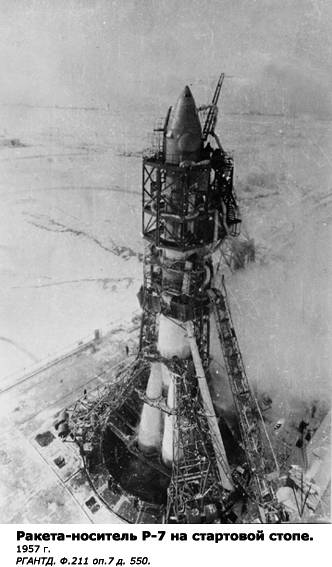
The next launch, which was scheduled for 11 June 1957, did not take place due to a malfunction of the engines of the central unit. Several attempts to start the engines of the rocket did not lead to anything, after which the automation issued a command for emergency shutdown. The test leadership decided to drain the fuel and remove the P-7 MBR from the launch position. 12 July 1957, the P-7 rocket managed to take off, but at the 33 second flight the stability was lost, the rocket began to deviate from the given flight trajectory. This time, the cause of the accident was the closure of the integrating device control signal circuits on the body via the rotation and pitch channels.
Only the fourth launch of the rocket, which took place on 21 in August of 1957, was recognized as successful, the rocket was able to reach the target area for the first time. The rocket launched from Baikonur, completed the active part of the trajectory, after which the head of the rocket hit the given square of the Kamchatka Peninsula (Kura missile test site). But even in this fourth launch, not everything was smooth. The main disadvantage of the launch was the destruction of the head of the rocket in the dense layers of the atmosphere on the downward portion of its trajectory. The telemetry connection with the rocket was lost 15-20 seconds before the estimated time to reach the earth's surface. The analysis of the fallen elements of the head of the P-7 rocket made it possible to establish that the destruction began at the tip of the warhead, and at the same time clarify the ablation values of its heat-shielding coating. The obtained information allowed to finalize the documentation on the head of the rocket, to clarify the strength and design calculations, layout, as well as to make a new rocket as soon as possible for the next launch. At the same time, 27 August, 1957, appeared in the Soviet press news on the successful testing in the Soviet Union of an ultra-long multistage rocket.
The positive results of the flight of the first Soviet ICBM P-7 in the active part of the trajectory made it possible to use this rocket to launch the first in the history of mankind artificial satellites 4 of October and 3 of November of the same year. Originally created as a combat missile, the P-7 possessed the necessary energy capabilities, which allowed it to launch a large mass of payload into space (into Earth orbit), which was clearly demonstrated by the launch of the first Soviet satellites.
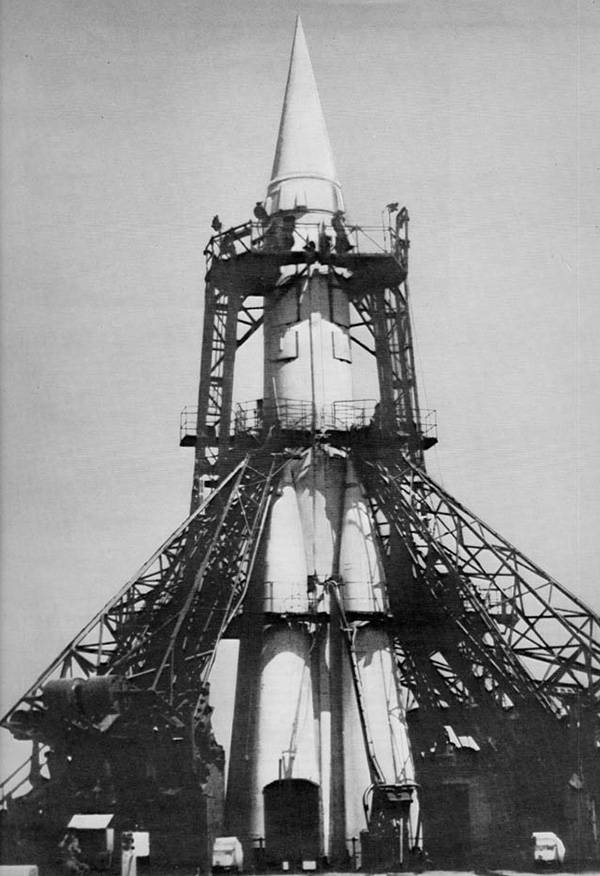
According to the results of the X-test of the P-6 ICBM test launches, its head part was substantially refined (in fact, replaced by a new one), the head-end separation system was subjected to refinement, and slot antennas of the telemetry system were used. 7 March 29 for the first time was launched, which was successful in full (the head of the rocket reached the goal without destruction). At the same time during the 1958 and 1958 years continued flight tests of the rocket, the results of which in its design made all the new improvements. As a result, the resolution of the Council of Ministers of the USSR and the Central Committee of the CPSU No. 1959-192 of January 20 20, the P-1960 rocket was officially adopted.
The design of the rocket R-7
The intercontinental ballistic missile Р-7, created in OKB-1 under the supervision of chief designer Sergey Pavlovich Korolev (main designer Sergey Sergeevich Kryukov), was built according to the so-called “packet” scheme. The first stage of the rocket consisted of 4-x side blocks, each of which had a length of 19 meters and the largest diameter 3 meter. The side blocks were located symmetrically around the central unit (the second stage of the rocket) and connected to it by the lower and upper belts of the force connections. The design of the rocket blocks was the same. Each of them consisted of a support cone, a power ring, fuel tanks, a tail section, and a propulsion system. All the blocks were installed LRE RD-107 with a system of pumping fuel components. This engine was built in an open pattern and included 6 combustion chambers. In this case, two cameras were used as steering. The RD-107 rocket engine developed thrust near the Earth’s surface in 82 tons.
The second stage of the rocket (central unit) included the instrument compartment, the fuel and oxidizer tank, the power ring, the tail compartment, the cruise engine, and the 4 steering gear. At the second stage, the LPD-108 was placed, which by design was similar to the RD-107, but was distinguished by a large number of steering chambers. This engine developed ground thrust 75 tons. It was switched on simultaneously with the engines of the first stage (even at the time of launch) and worked accordingly longer than the first stage LRE. The launch of all the available engines of the first and second stages right at the start was carried out for the reason that at that time the rocket creators had no confidence in the possibility of reliable ignition of the second stage engines at high altitude. A similar problem then faced the American designers who worked on their Atlas ICBM.
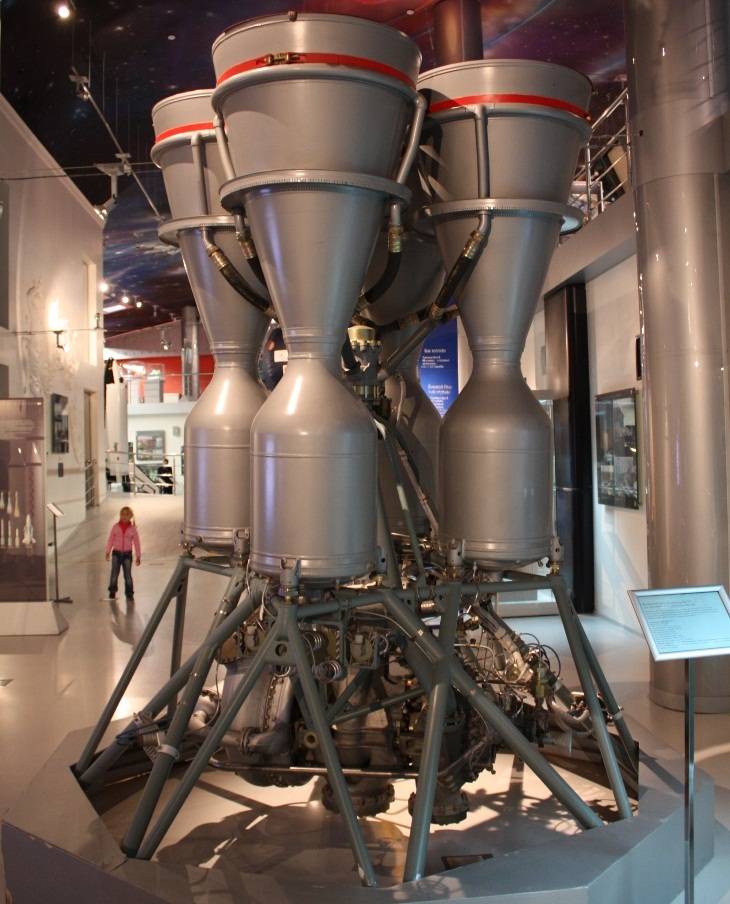
All engines of the first Soviet ICBM P-7 used a two-component fuel: fuel - kerosene T-1, oxidizer - liquid oxygen. The hot gas generated in the gas generator during the catalytic decomposition of hydrogen peroxide was used to drive the turbopump assemblies of rocket engines, and compressed nitrogen was used to pressurize the tanks. To ensure the specified range of the missile’s flight, an automatic system for controlling engine operating modes was placed on it, as well as a synchronized tank emptying system (CSR), which made it possible to reduce the guaranteed fuel reserve. The structural layout of the P-7 rocket ensured the launch of all its engines at the time of launch with the help of special igniting devices, they were placed in each of the 32 combustion chambers. Marching LRE of this rocket for its time stood out for very high energy and mass characteristics, as well as favorably distinguished by their high degree of reliability.
The intercontinental ballistic missile control system P-7 was combined. The autonomous subsystem was responsible for providing angular stabilization and stabilization of the center of mass while the rocket was on the active part of the trajectory. And the radio-technical subsystem was responsible for correcting the lateral movement of the center of mass at the final stage of the active part of the trajectory and issuing a command to turn off the engines. The executive bodies of the missile control system were air rudders and steering cameras of steering engines.
The value of the rocket P-7 in the conquest of space
The P-7, which many people called simply “the seven,” became the progenitor of a whole family of Soviet and Russian-made launch vehicles. They were created on the basis of the ICBM P-7 in the course of a deep and multi-stage process of modernization. Starting from the 1958 year and to the present, all missiles of the P-7 family are made by TsSKB-Progress (Samara).
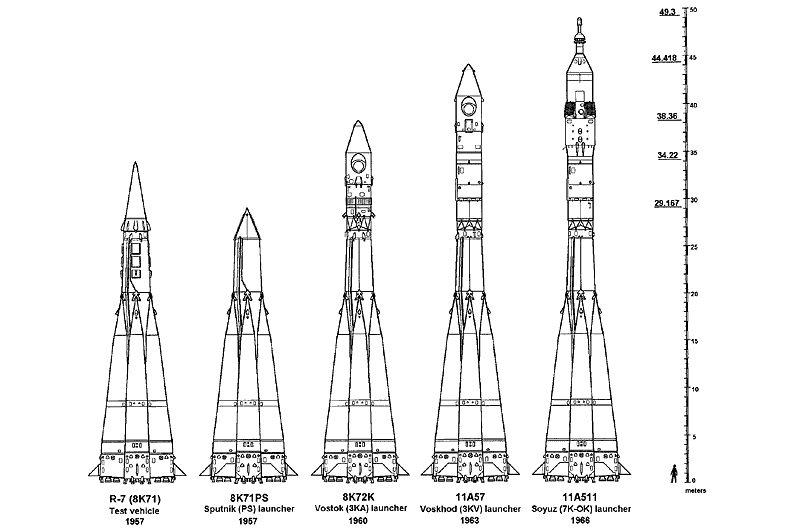
The success and, as a consequence, the high reliability of the rocket design, together with a sufficiently large power for the ICBM, made it possible to use it as a launch vehicle. Already during the operation of the P-7 in this capacity, some shortcomings were identified, the process of its gradual modernization took place to increase the mass of the payload put into orbit, reliability, as well as expansion of the range of tasks solved by the rocket. The launch vehicles of this family truly opened up the space age to all mankind, with their help, among other things, the following were realized:
- launch of the first artificial satellite into Earth orbit;
- launch of the first satellite with a living creature on board (the astronaut Laika dog) into Earth orbit;
- launch of the first spacecraft with a man on board to the earth orbit (flight of Yuri Gagarin).
The reliability of the P-7 rocket created by Korolyov made it possible to develop on its basis a whole family of launch vehicles: Vostok, Voskhod, Molniya, Soyuz, Soyuz-2 and their various modifications. At the same time, the newest of them are actively used in our days. The P-7 family of rockets has become the most popular in the history, the number of their launches is already about 2000, they are also recognized as one of the most reliable in the world. To date, all manned launches of the Soviet Union and Russia have been carried out with the help of launch vehicles of this family. Currently, Roskosmos and the Space Forces are actively using the Soyuz-FG and Soyuz-2 missiles of this family.
Information sources:
https://ria.ru/spravka/20120821/727374310.html
http://www.soyuz.by/news/expert/34128.html
http://rbase.new-factoria.ru/missile/wobb/r-7/r-7.shtml
Open source materials
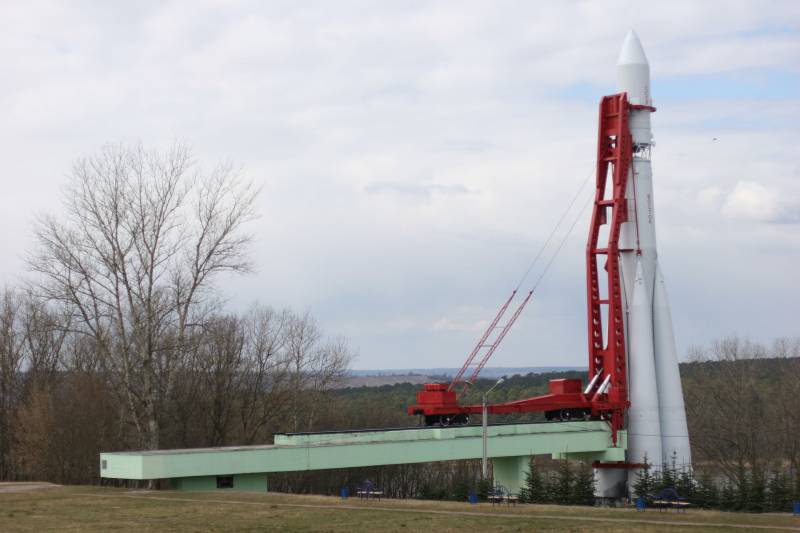
Information